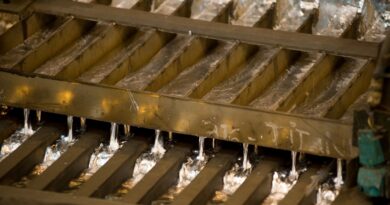Carbon capture technology for sustainable future
Bridging the gap and overcoming barriers in CCS expansion
It’s no secret that achieving net-zero emissions requires a significant reduction in the use of fossil fuels. As the world looks to alternative energy sources to combat climate change, carbon capture and storage (CCS) emerges as a key technology enabling industries to decarbonize. By capturing carbon dioxide (CO2) emissions at their source and storing them underground, CCS can significantly mitigate the environmental impact of industries that are otherwise hard to green, such as cement production and power generation.
The International Energy Agency (IEA) has set an ambitious goal for CCS, expecting it to capture around 6 billion tons of CO2 by 2051 with notable advancements within the coming years. Innovations in CCS technology aim to address concerns of scalability and cost, making it more accessible and financially feasible for industries to adopt.
Aker Carbon Capture is a provider with some major projects underway, and they’ve signed an MoU with Microsoft to pursue joint innovation in the space. Microsoft’s Ole Henrik Ree, and Aker Carbon Capture’s Hanne Rolen, and David Phillips discuss the crucial role played by CCS in achieving a more sustainable future. They say a discussion about the ‘Carbon Capture as a Service’ (CCaaS) model is needed, a shift aimed at enhancing accessibility and practicality, and the journey towards achieving net-zero emissions.



